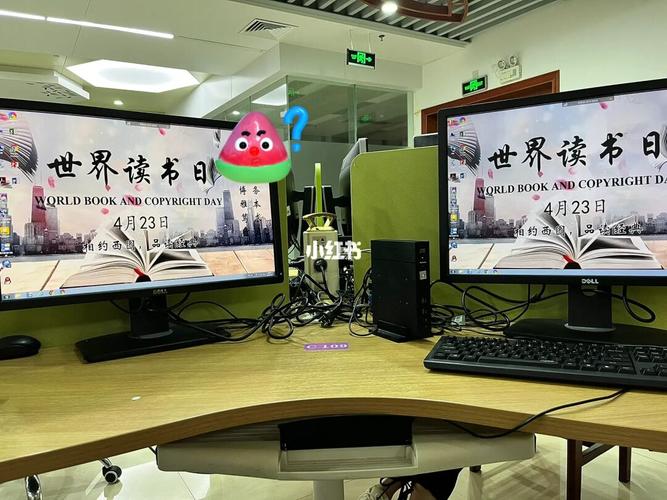```html
Introduction to Library Network Facilities
In today's digital age, libraries serve as more than just repositories for books; they are also hubs for information technology and connectivity. Here, we delve into the essential components of a library network facility.
The backbone of any library network facility is its infrastructure. This encompasses the physical components such as servers, routers, switches, and cabling systems. These elements work together to ensure seamless connectivity and data transmission within the network.
Reliable internet connectivity is paramount for a library network. It enables patrons to access online resources, conduct research, and utilize digital services. Highspeed broadband connections are typically employed to accommodate the large volume of users accessing the network simultaneously.
Libraries provide access to computers and workstations equipped with essential software and tools for research, word processing, and other academic activities. These stations are often networked to centralized servers, allowing users to save and retrieve their work from any terminal within the library.
In addition to wired connections, libraries offer wireless network access to accommodate users with laptops, tablets, and smartphones. WiFi technology enables patrons to connect to the library's network from anywhere within the premises, fostering greater flexibility and convenience.
Protecting the integrity and privacy of user data is a top priority for library network facilities. Robust security measures, including firewalls, encryption protocols, and intrusion detection systems, are implemented to safeguard against cyber threats and unauthorized access.
Many libraries offer remote access to their digital resources, allowing registered members to log in from offsite locations. This feature extends the reach of the library beyond its physical confines, enabling users to access ebooks, databases, and online journals from the comfort of their homes.
Technical support services are integral to ensuring the smooth operation of library network facilities. Trained staff members are available to assist users with troubleshooting issues, setting up connections, and navigating digital resources, thus enhancing the overall user experience.
As technology continues to evolve, library network facilities must adapt to meet the changing needs of their patrons. This may involve upgrading hardware, expanding bandwidth capacity, or integrating emerging technologies such as virtual reality and artificial intelligence into library services.

In conclusion, library network facilities play a vital role in providing access to information and promoting digital literacy. By investing in robust infrastructure, ensuring reliable connectivity, and prioritizing user security, libraries can continue to serve as valuable resources for lifelong learning and research.







